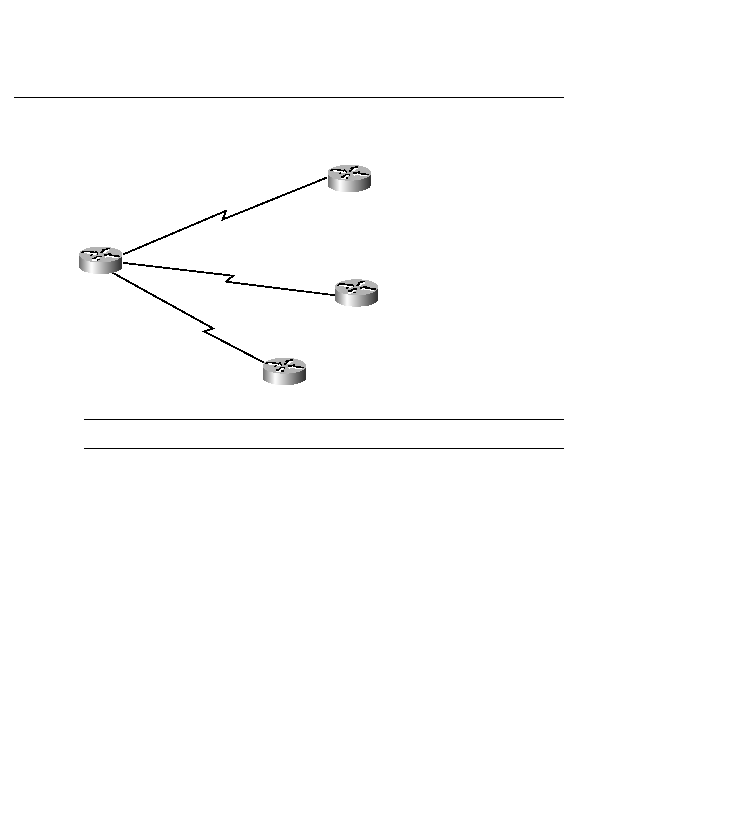
is called convergence. Convergence time is a function of diameter and complexity. Routing
information must propagate from one edge of the internetwork to the other. Convergence time
in a 15-hop network can be quite long. As a rule of thumb, it is a good practice to design the
internetwork so that there are no more than six hops from one end to the other. This way, the
network's diameter can be consistent and small. If at all possible, use an even number of routers
in your network for faster convergence and load balancing. Both link-state and distance-vector
routing protocols converge faster over multiple equal-cost paths. Figure 9-6 shows that with an
odd number of routers, the costs do not add up evenly, no matter which path is taken, due to the
pentagon type of configuration. From Router A to Router E, the costs vary between 128
and 192 units.
Convergence can take a lot of time because of the update intervals of 30 seconds upon which
the full routing tables are broadcast. EIGRP combines the advantages of link-state-based
routing protocols and distance-vector routing protocols and provides much faster convergence
times in case of rerouting. EIGRP uses hellos between the adjacent routers and does not
propagate the full routing tables on regular intervals (as do RIP and IGRP). Only the link-state
changes are propagated.